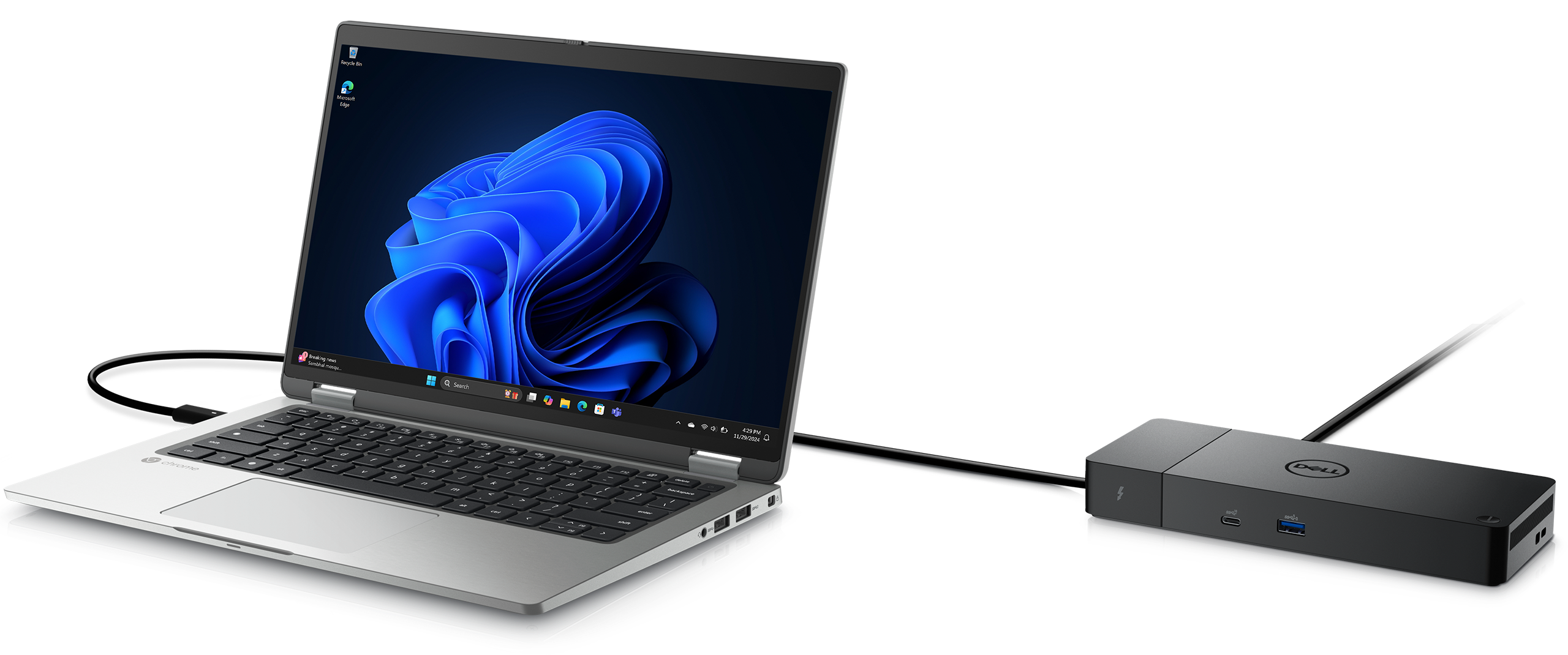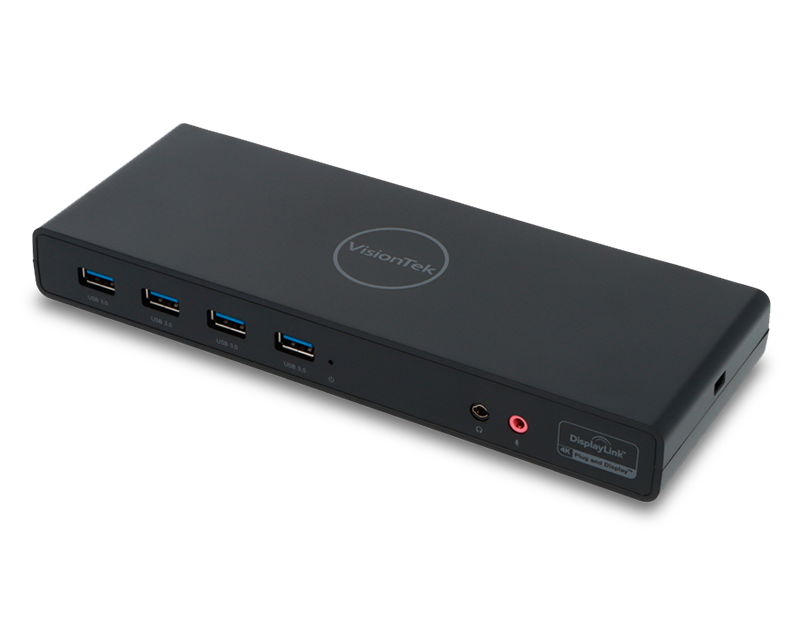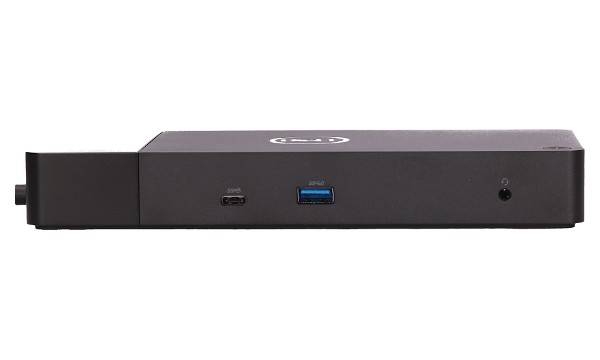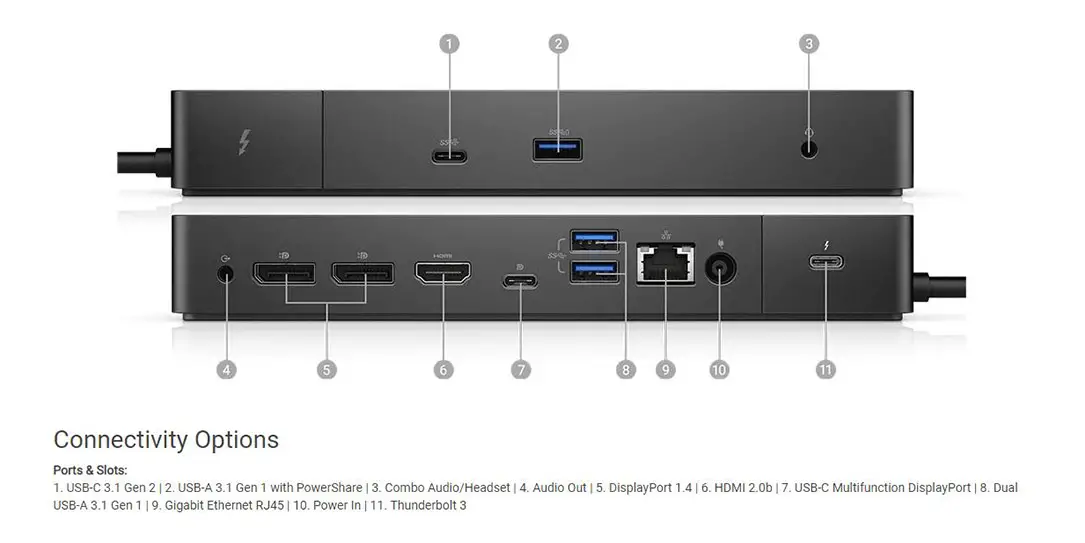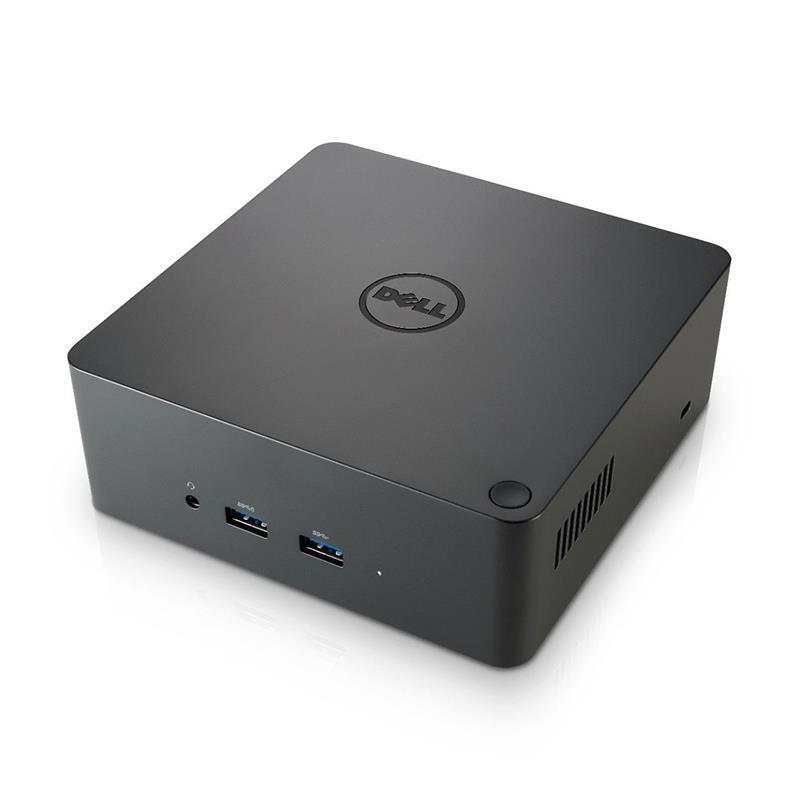Docking Station For Dell Latitude 7400
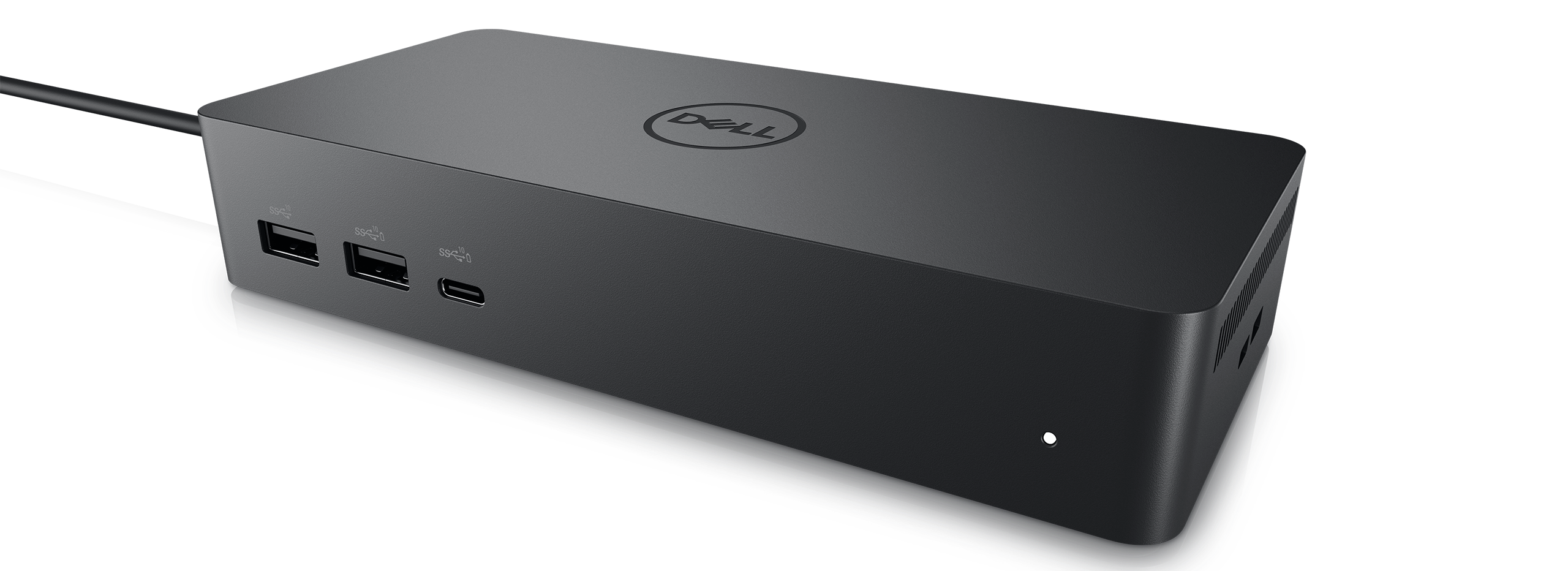
Imagine a workspace, once a tangle of cords snaking across the desk, now transformed into a haven of seamless connectivity. The low hum of a laptop powering up, the satisfying click of a keyboard connecting instantly, and the vibrant display of external monitors springing to life. It’s a symphony of efficiency, all orchestrated by one unassuming device: the docking station.
At the heart of this transformation lies a simple truth: the right accessories can unlock the full potential of even the most capable laptops. This article delves into the world of docking stations designed specifically for the Dell Latitude 7400, exploring how they can revolutionize your workflow and declutter your digital life.
The Dell Latitude 7400: A Powerhouse Needs a Hub
The Dell Latitude 7400, celebrated for its sleek design, robust performance, and impressive battery life, is a favorite among professionals. But even this portable powerhouse benefits from the expanded connectivity and streamlined experience that a dedicated docking station provides. It offers power and capability on the go.
Docking stations, in essence, serve as central hubs. These hubs extend a laptop's capabilities by providing a multitude of ports for connecting peripherals like monitors, keyboards, mice, printers, and external storage devices.
Beyond Connectivity: Understanding the Benefits
The advantages of using a docking station with your Latitude 7400 extend far beyond simply adding more ports. A primary benefit is improved organization. By consolidating all your connections into a single point, docking stations eliminate the need to constantly plug and unplug devices, reducing cable clutter and creating a cleaner, more organized workspace.
Another key benefit is enhanced productivity. Multiple monitor support, a standard feature on many docking stations, allows you to expand your visual workspace, enabling you to multitask more efficiently and work with multiple applications simultaneously.
Finally, consider the convenience. With a docking station, transitioning from working at your desk to taking your Latitude 7400 on the road is a breeze. Simply undock the laptop, and you're ready to go, without having to disconnect a multitude of cables. When you return, just dock the laptop, and you're instantly reconnected to all your peripherals.
Exploring Docking Station Options for the Latitude 7400
Dell offers a range of docking solutions designed to seamlessly integrate with the Latitude 7400. These include both proprietary Dell docking stations and universal docking stations that utilize USB-C or Thunderbolt connectivity.
Dell's proprietary docks, often featuring a side docking connector, are designed for optimal compatibility and performance with Latitude laptops. They generally offer a wider range of ports and features, including power delivery, video output, and data transfer.
Universal USB-C docking stations provide a more flexible solution, compatible with a wider range of laptops and devices. These docks typically offer a selection of USB ports, video outputs (HDMI, DisplayPort), and Ethernet connectivity, making them a versatile choice for mixed-device environments.
When choosing a docking station, consider your specific needs and usage scenarios. If you require maximum performance and a wide range of ports, a Dell proprietary dock might be the best option. If you need a more versatile solution that can be used with different laptops, a universal USB-C dock could be a better fit.
The Future of Workspaces: Streamlined and Efficient
In today's fast-paced work environment, efficiency and organization are paramount. A well-chosen docking station for your Dell Latitude 7400 is more than just an accessory; it's an investment in productivity and a step towards a more streamlined and fulfilling work experience.
As technology continues to evolve, the role of docking stations will likely become even more critical. These unassuming devices are poised to become essential components of the modern workspace, bridging the gap between portability and productivity and empowering users to work smarter, not harder.


